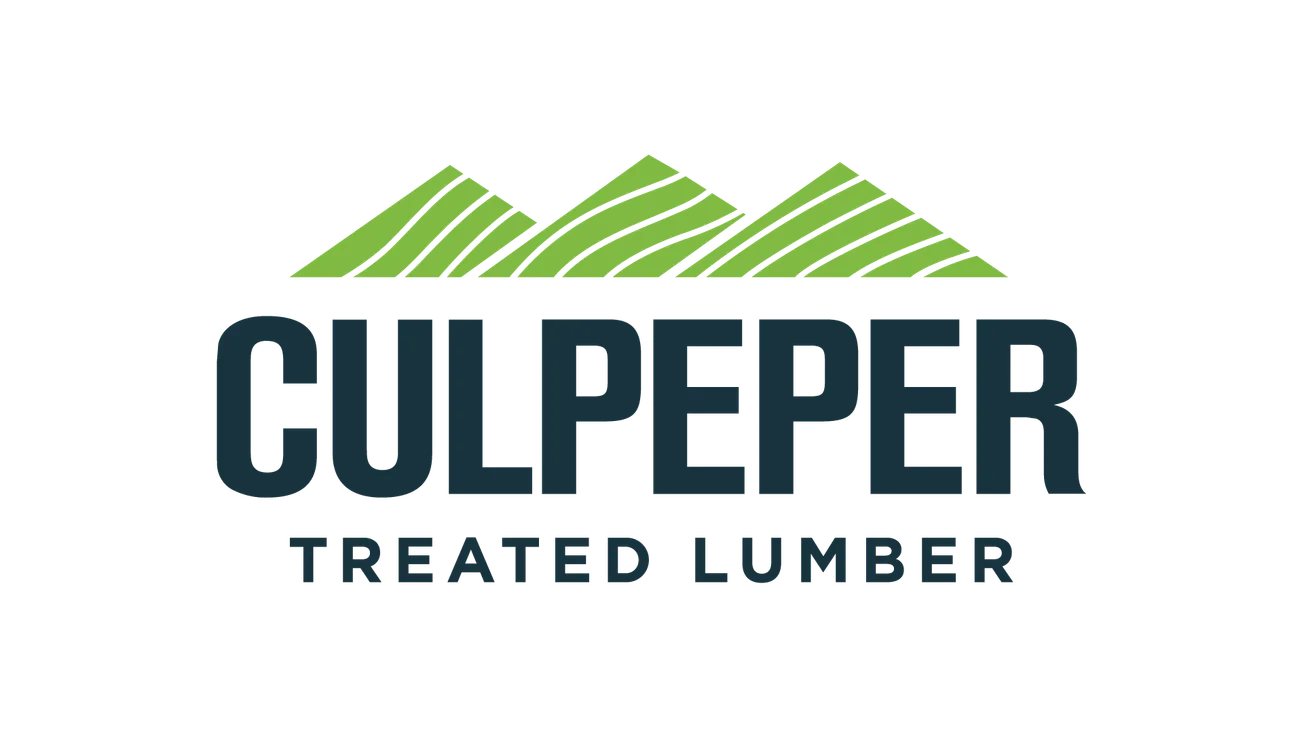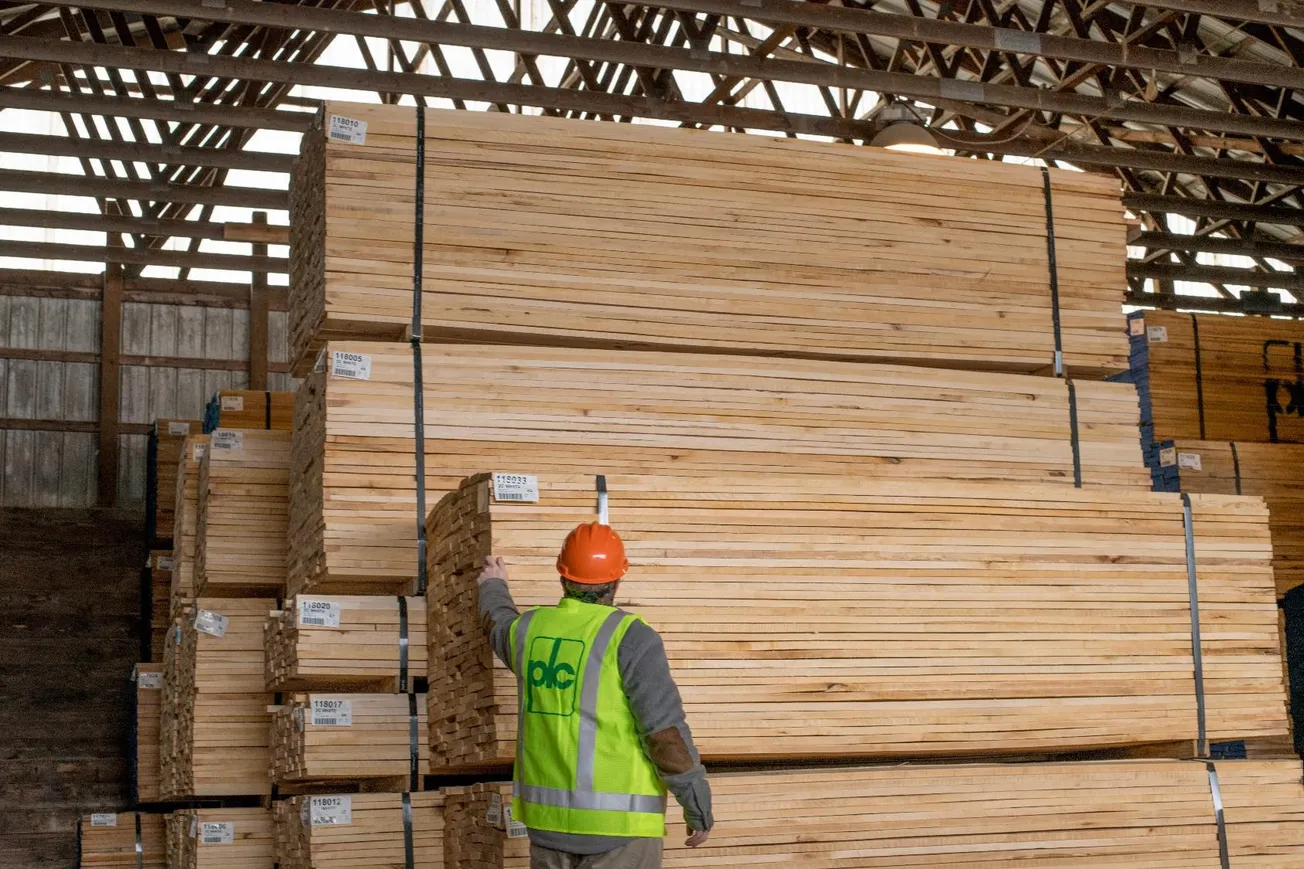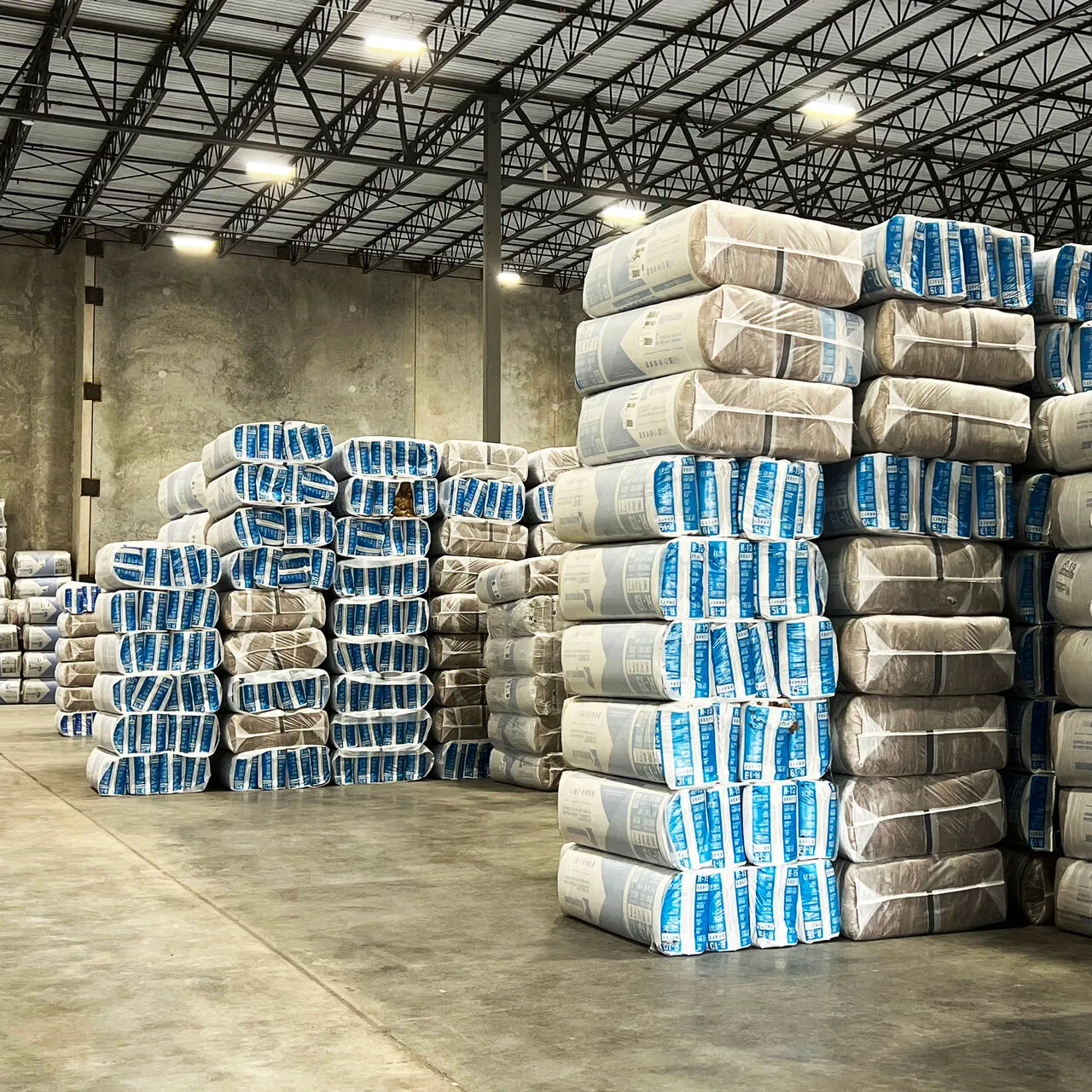Table of Contents
Effective Jan. 7, the Anthony Timberlands curtailed operations at its sawmill in Malvern, Ar., for one month, while it works with the Arkansas Department of Environmental Quality to ensure its water permitting and waste management programs are in order.

During that time, lumber inventory levels are being drawn down at the facility’s planer mill, which also will eventually pause operations.
ATI president Steve Anthony charges that some in the community are trying to shut down the mill, falsely claiming that a massive petrochemical spill at the mill harmed livestock downstream. “There has never been, in the 48-year history that ATI has operated the Malvern sawmill, any kind of largescale petrochemical spill,” Anthony says. “During that time, we have not had a single environmental complaint.”
He insists the mill generates “very little process water discharge, primarily kiln condensate and boiler blowdown, which is essentially city water”—basically rainfall. Stormwater running through the facility is routed to a water clarifier, cleansing out any petroleum products. The clarifier is regularly cleaned and water gathered in it is pumped to a log watering, settling pond.
ADEQ water quality analysis in 2019, 2020 and 2021 showed no impairment or presence of heavy metals.
During the temporary closure, Anthony said, “ATI will evaluate its options going forward and determine whether local residents and government officials desire the 180+ direct jobs and $12 million annual payroll that the facility brings.”





